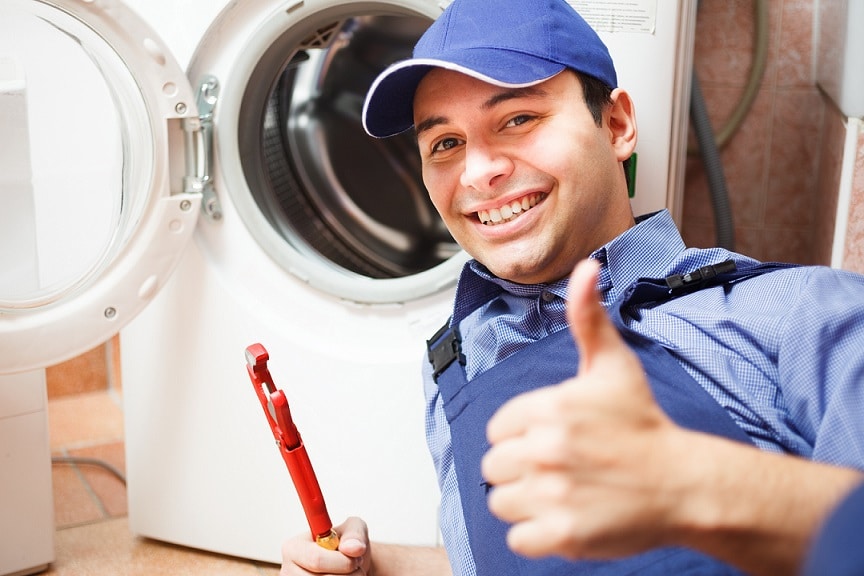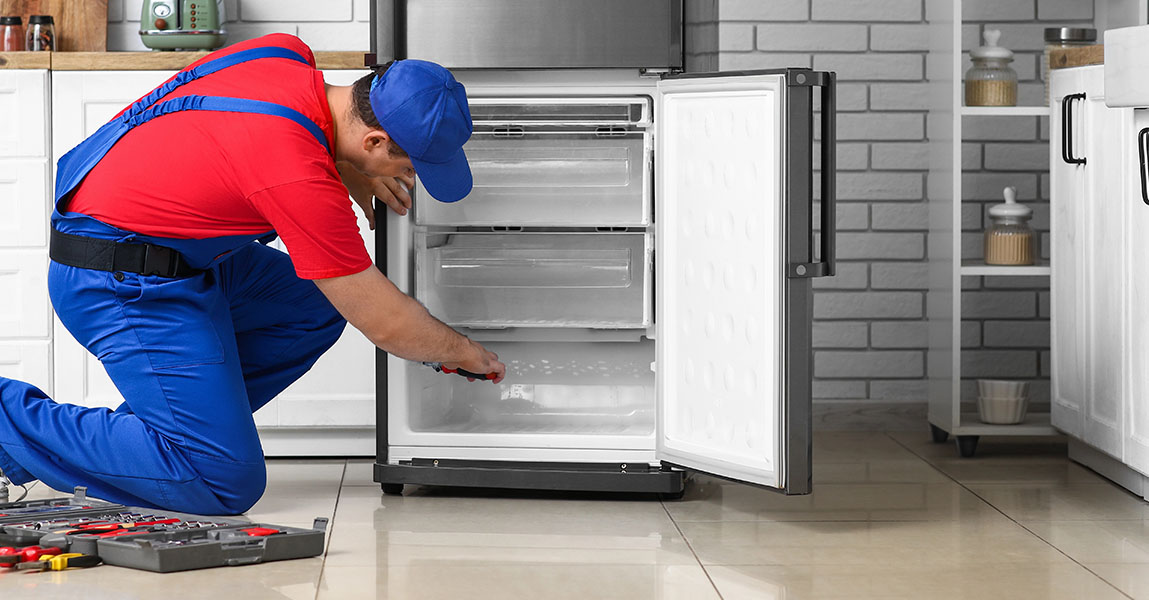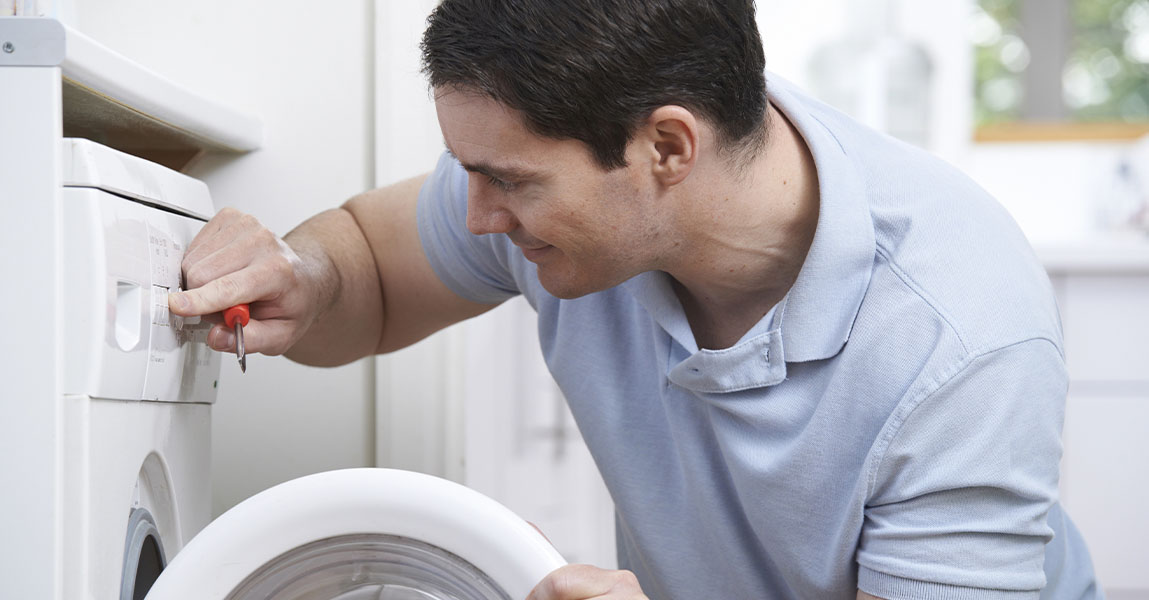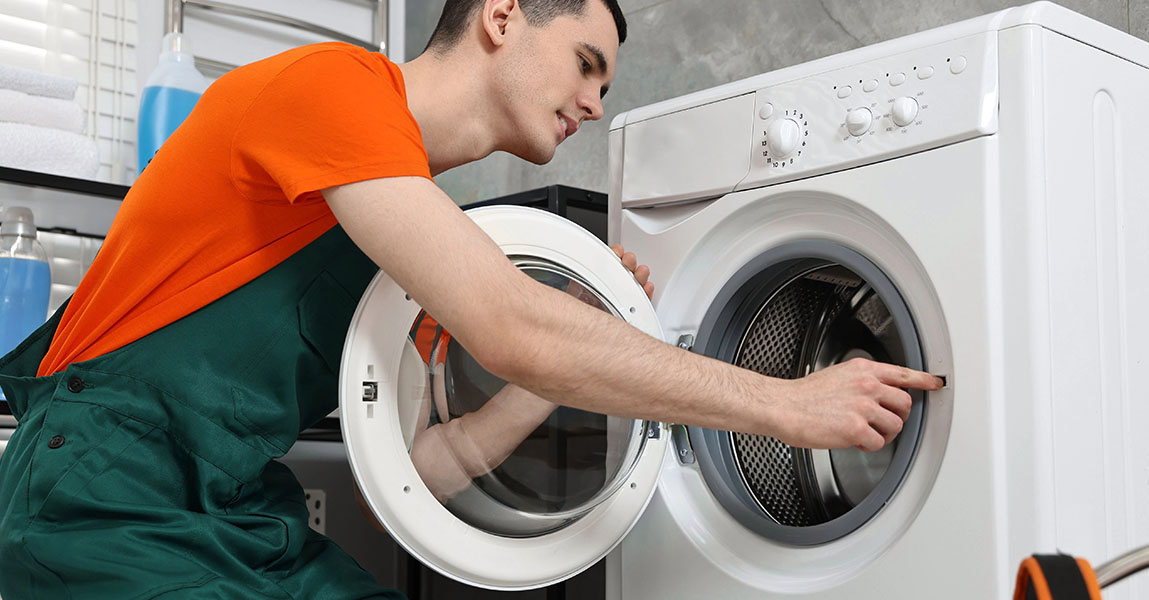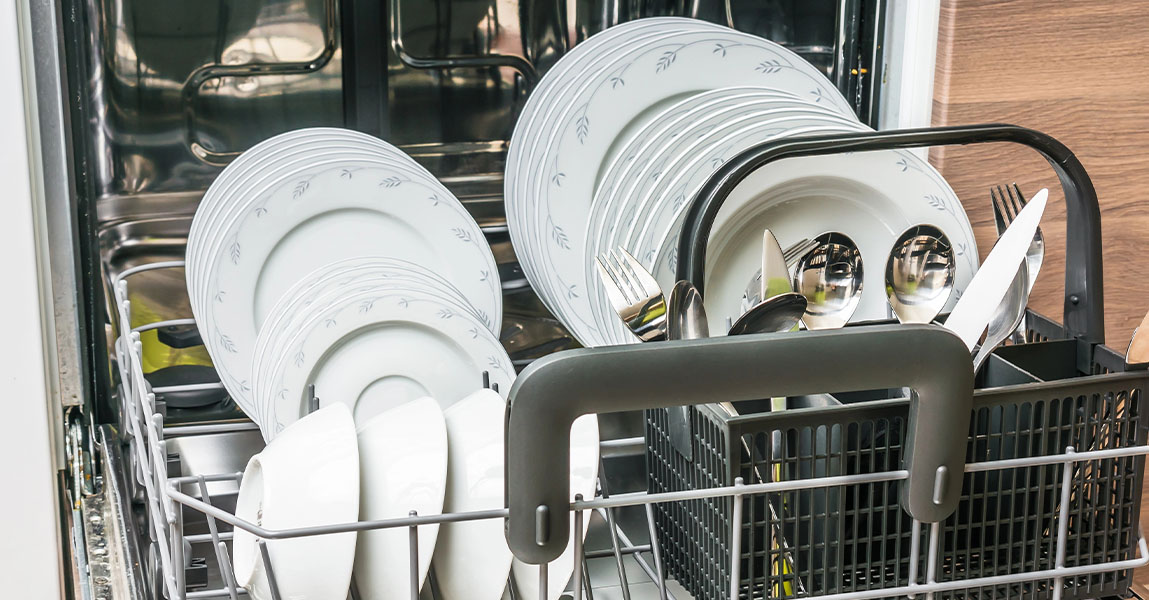Understanding the Value of a Diagnostic Visit
When you schedule a service call, the first thing we focus on is identifying the root cause of the appliance issue. In other words, we begin with the “why” behind your complaint before touching any tools. Therefore, every diagnostic visit is structured around observation and testing.
We approach every case methodically. For instance, we assess the surrounding environment, including ventilation and placement, which often contribute to appliance problems. Further, our diagnostic checks aim to clarify what the appliance is doing versus what it should be doing. We then align that data with performance benchmarks to narrow things down fast. To start your service with top-level evaluation, appliance repair in Calgary is often the first step.
Inspecting the Electrical Integrity of Your Appliance
The internal wiring and electrical functionality of your appliance is one of the first things we evaluate. That is to say, we determine whether it’s receiving and responding to power correctly. Most importantly, we look for early signs of corrosion or arcing, which may seem small but often lead to failure.
We also check for overloaded circuits. In addition, we test voltage and current against manufacturer recommendations. However, if something doesn’t match our expected reading, we don’t move forward until we understand the variance. After that, we isolate the affected component to prevent further risk. This approach supports accurate diagnosis, not just temporary fixes.
Monitoring System Temperature Consistency
We pay close attention to temperature regulation across all major appliances during diagnostics. For example, a fridge that feels cold may still have uneven cooling patterns inside. Therefore, our job is to confirm that the temperature output matches your appliance’s design.
We perform sensor tests and examine cycle timing. On the other hand, we also check insulation effectiveness when applicable. Moreover, temperature inconsistencies often point to faulty thermostats or blocked airflow. So, we make sure the entire environment works in sync. If your unit doesn’t maintain steady output, our findings help build a repair strategy that’s both efficient and long-lasting.
Evaluating Moving Components and Mechanisms
Mechanical movement matters more than most people realize. That is to say, when parts like fans, agitators, or motors wear out, everything else starts to compensate. As a result, you may notice strange noises, unbalanced performance, or a total shutdown.
We listen for subtle clues during start-up cycles. In the same vein, we look at how the appliance moves or spins. Secondly, we inspect belts, shafts, or pivots for early wear signs. If a component struggles or pauses, we trace the reaction across the system. This step matters greatly in preventing breakdowns caused by part stress.
Verifying User Interface and Control Board Response
An unresponsive control panel can lead to significant user frustration. But we go deeper than simply pressing buttons. Instead, we test the feedback systems and digital logic behind every command. That is to say, we need to ensure your input results in expected actions.
We check whether settings hold their memory after a reset. Meanwhile, we also review how the board responds to fluctuating power levels. Likewise, a flickering screen or delayed beep can be early signs of control board failure. If needed, we simulate additional commands to confirm the issue’s consistency, and Contact Us if you need service alignment right away.
Checking for Moisture, Odour, and Water Flow Issues
In appliances that use water or steam, our diagnostic inspection focuses on signs of buildup and blockages. For instance, we open access panels to check moisture residue in the wrong areas. Consequently, that kind of detail helps us prevent hidden mold or mineral accumulation.
We run test cycles to trace water entry and drainage timing. Furthermore, we check filter zones and hose connections for clogs or pressure drops. But we also rely on our nose, odours tell a story. Similarly, we follow any off smells to their point of origin, which usually reveals the true concern faster than meters can.
Assessing Appliance Software and Error Code History
Many appliances now store internal logs that provide insights into how the unit has been operating. Therefore, we use digital diagnostics to retrieve code histories and see what problems have occurred silently. To clarify, you may not see a warning light, but your machine may be documenting faults already.
We also update the software version if permitted. In addition, we check for firmware glitches or settings resets that may result from power loss. Subsequently, this approach helps rule out bugs from actual mechanical faults. When we find software-related flags, they often point us toward overlooked causes others might miss.
Examining Physical Condition and Structural Soundness
Appliances aren’t just about tech, they rely on solid frames and structural integrity. We carefully examine housing panels, hinges, door seals, and leveling feet. As a result, we often catch damage that creates vibration or heat retention issues.
We also look at how the appliance fits into its space. For example, tight clearance can cause overheating or door wear. Further, we ask how often the appliance gets moved or cleaned, as stress can warp some support points. Identifying these weaknesses early reduces future risk, especially when working with dishwasher repair specialists in Calgary.
FAQs
What’s the main goal of a diagnostic visit?
To determine exactly what’s wrong with your appliance before any parts are replaced or repairs are made.
Do technicians fix anything during the diagnostic?
No, the diagnostic visit is for identifying the issue. Repairs may be scheduled based on what we find.
How long does a diagnostic usually take?
Most visits last under an hour, though complex issues may require more time.
Will I receive a full breakdown of what was found?
Yes, we provide a complete summary of the findings and next steps.
Is the diagnostic fee included in the repair cost?
In many cases, yes, especially when you move forward with the recommended repair through us.

